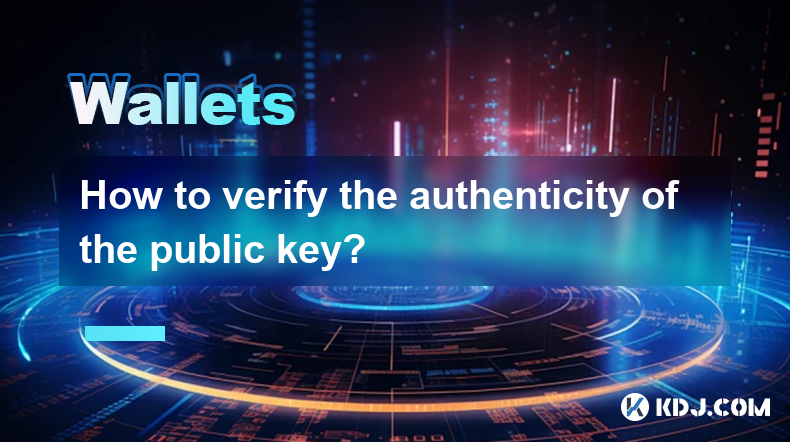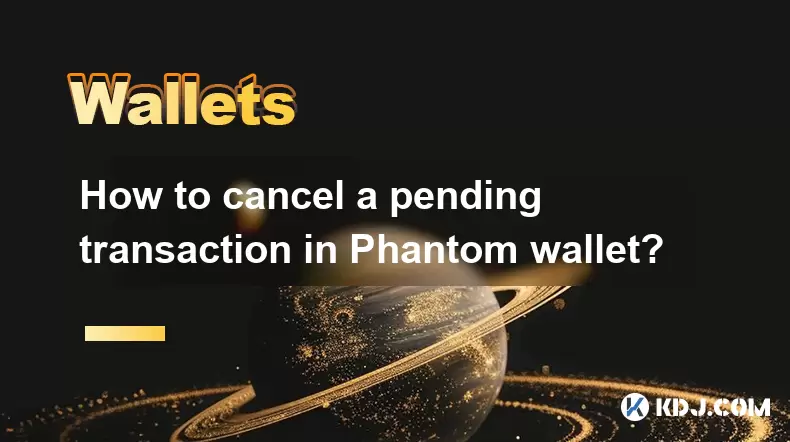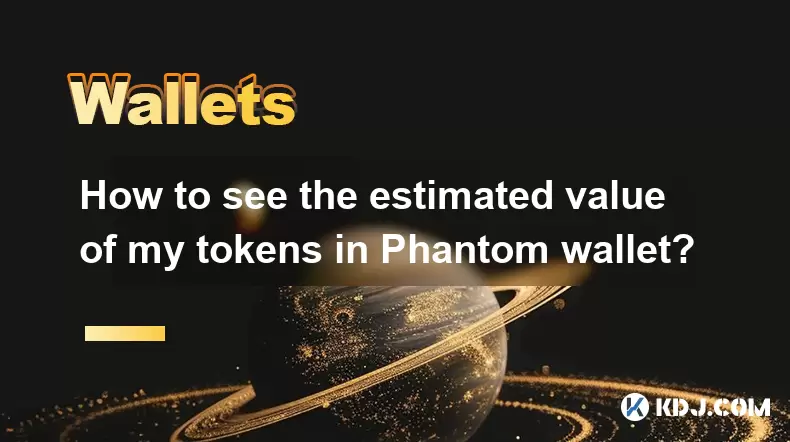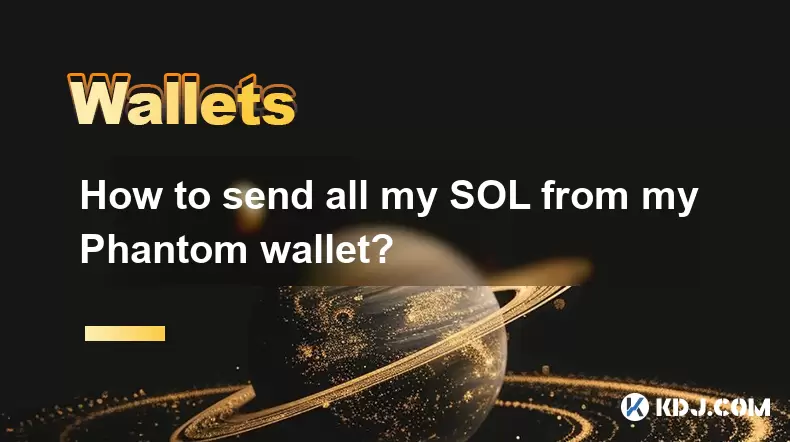-
 Bitcoin
Bitcoin $108,778.4882
0.68% -
 Ethereum
Ethereum $2,563.3783
2.01% -
 Tether USDt
Tether USDt $1.0001
-0.01% -
 XRP
XRP $2.2881
0.77% -
 BNB
BNB $662.2819
1.12% -
 Solana
Solana $152.2652
3.21% -
 USDC
USDC $0.9999
-0.01% -
 TRON
TRON $0.2873
0.90% -
 Dogecoin
Dogecoin $0.1715
4.20% -
 Cardano
Cardano $0.5868
1.50% -
 Hyperliquid
Hyperliquid $39.6796
1.73% -
 Sui
Sui $2.9136
0.85% -
 Bitcoin Cash
Bitcoin Cash $495.4980
1.77% -
 Chainlink
Chainlink $13.5765
3.06% -
 UNUS SED LEO
UNUS SED LEO $9.0753
0.53% -
 Stellar
Stellar $0.2503
3.73% -
 Avalanche
Avalanche $18.2012
1.86% -
 Shiba Inu
Shiba Inu $0.0...01174
1.83% -
 Toncoin
Toncoin $2.7998
-6.08% -
 Hedera
Hedera $0.1596
3.89% -
 Litecoin
Litecoin $87.3119
0.20% -
 Monero
Monero $319.5596
1.08% -
 Polkadot
Polkadot $3.3887
0.93% -
 Dai
Dai $0.9999
-0.01% -
 Ethena USDe
Ethena USDe $1.0001
-0.01% -
 Bitget Token
Bitget Token $4.3294
-1.36% -
 Uniswap
Uniswap $7.3898
1.60% -
 Aave
Aave $287.5336
5.76% -
 Pepe
Pepe $0.0...01005
3.24% -
 Pi
Pi $0.4588
1.90%
How to verify the authenticity of the public key?
Verifying a public key's authenticity in cryptocurrency is crucial for security, involving checks of digital signatures, certificate authorities, and blockchain explorers. Mistakes can lead to irreversible fund loss, highlighting the need for understanding underlying cryptographic principles and platform-specific methods.
Mar 22, 2025 at 06:14 pm

Key Points:
- Public key cryptography relies on the inherent difficulty of deriving a private key from its corresponding public key. Verification focuses on confirming the public key's association with a specific entity and its integrity.
- Methods for verifying public keys involve checking digital signatures, inspecting certificate authorities (CAs), and utilizing blockchain explorers.
- Understanding the underlying cryptographic principles is crucial for effective verification. Mistakes can lead to significant security vulnerabilities.
- Different cryptocurrencies and platforms may employ slightly different verification methods.
How to Verify the Authenticity of a Public Key
Verifying the authenticity of a public key is paramount in the cryptocurrency world. It ensures you're interacting with the intended recipient and not a malicious actor. This process isn't about mathematically proving the key's generation, but confirming its association with a claimed identity and its integrity. A compromised or fraudulent public key can lead to irreversible loss of funds.
One of the most common methods for verifying a public key is through digital signatures. A digital signature uses the corresponding private key to cryptographically sign a message. Anyone possessing the public key can then verify this signature, confirming the message's origin and integrity. The process ensures that the message hasn't been tampered with and originates from the holder of the private key.
Another crucial method is to verify the public key through a Certificate Authority (CA). CAs act as trusted third parties, verifying the identity of entities and issuing digital certificates. These certificates bind a public key to an identity, allowing users to verify the authenticity of the key by checking the CA's validity and the certificate's details. This is particularly important when dealing with exchanges or other centralized services.
The blockchain itself provides another layer of verification. Blockchain explorers allow users to examine the transaction history associated with a particular public key address. By reviewing past transactions, you can build confidence in the key's legitimacy. However, this method is primarily useful for established addresses with a demonstrable transaction history. Newly generated addresses will lack this verifiable history.
Understanding the underlying cryptographic principles is essential. Public key cryptography hinges on the one-way function: easy to compute in one direction (private key to public key) but computationally infeasible in the reverse. The security of the system depends on this asymmetry. Any weakness in this principle could compromise the entire verification process.
Different cryptocurrencies and platforms have varying mechanisms for presenting and verifying public keys. Some might use different hashing algorithms or certificate formats. It’s vital to understand the specific requirements of the platform you're using. Always refer to official documentation and best practices to avoid mistakes.
When dealing with paper wallets or offline storage, the process of verifying the public key involves physically comparing the key printed on the paper with the one displayed by the wallet software. Any discrepancies should immediately raise red flags.
The process of importing a public key into a wallet often involves verifying the key's checksum or fingerprint. This is a short string of characters derived from the key itself, acting as a quick way to verify its integrity before importing it. Incorrectly entering a public key can lead to irreversible loss of funds. Carefully cross-check this information.
Remember that while these methods help to verify the authenticity of a public key, there's always a degree of trust involved. Even with verification, a user must still be cautious about the source of the public key and avoid phishing attempts. Never share your private key with anyone.
Frequently Asked Questions:
Q: What if a public key is compromised?
A: If a public key is compromised, it means a malicious actor might be able to intercept or alter transactions associated with that key. This could lead to the loss of funds or other sensitive information. There's no way to recover a compromised key.
Q: Can I generate my own public key?
A: Yes, you can generate your own public key using cryptographic software or libraries. The process typically involves generating a private key first, and then deriving the corresponding public key from it.
Q: How do I know if a Certificate Authority is trustworthy?
A: Trust in a CA is usually established through a hierarchy of trust. Root CAs are typically pre-installed in operating systems and browsers. Intermediate CAs derive their trust from root CAs. However, it's crucial to use only well-established and reputable CAs to minimize risks.
Q: What happens if I accidentally use the wrong public key?
A: Using the wrong public key will likely result in failed transactions or the sending of funds to the wrong address. This can result in the irreversible loss of your cryptocurrency. Always double and triple-check the public key address before sending any transactions.
Q: Is verifying a public key always foolproof?
A: No, verifying a public key is not always foolproof. While the methods described significantly reduce the risk of fraud, there's always a possibility of sophisticated attacks or unforeseen vulnerabilities. Staying up-to-date with security best practices is essential.
Disclaimer:info@kdj.com
The information provided is not trading advice. kdj.com does not assume any responsibility for any investments made based on the information provided in this article. Cryptocurrencies are highly volatile and it is highly recommended that you invest with caution after thorough research!
If you believe that the content used on this website infringes your copyright, please contact us immediately (info@kdj.com) and we will delete it promptly.
- Bitcoin Wallet Hack? Coinbase Exec Sounds the Alarm on $8B Whale Movement
- 2025-07-07 18:30:12
- Mercado Bitcoin, Tokenization, and XRP Ledger: A Latin American Power Play
- 2025-07-07 18:30:12
- Ripple's RLUSD: Revolutionizing Cross-Margin Trading for Institutions
- 2025-07-07 18:35:12
- Babylon, Bitcoin, and the EVM Mainnet: A New Era for BTCFi?
- 2025-07-07 16:30:11
- Queen Elizabeth Coin Sells for £31,000: A Royal Fortune in Your Pocket?
- 2025-07-07 16:30:11
- XRP Price Check: Will Resistance Trigger a July Drop?
- 2025-07-07 17:10:12
Related knowledge

How to cancel a pending transaction in Phantom wallet?
Jul 03,2025 at 07:21pm
Understanding Pending Transactions in Phantom WalletA pending transaction in the Phantom wallet occurs when a user initiates a transfer or interaction with the Solana blockchain, but it hasn't yet been confirmed by the network. This can happen due to various reasons such as low transaction fees, network congestion, or incorrect gas settings. It's import...

How to see the estimated value of my tokens in Phantom wallet?
Jul 04,2025 at 12:21am
What is Phantom Wallet?Phantom wallet is one of the most popular cryptocurrency wallets designed for the Solana blockchain. It allows users to store, send, receive, and manage various tokens built on Solana, including SPL tokens and NFTs. The wallet offers a user-friendly interface, making it accessible for both beginners and advanced users in the crypt...

How to lock my Phantom wallet extension?
Jul 03,2025 at 11:14am
What Is the Phantom Wallet and Why Lock It?The Phantom wallet is a popular non-custodial cryptocurrency wallet designed for interacting with the Solana blockchain. Supporting both browser extensions and mobile apps, Phantom allows users to store, send, receive, and stake SOL tokens, as well as interact with decentralized applications (dApps). Securing y...

Does Phantom wallet offer two-factor authentication (2FA)?
Jul 03,2025 at 09:00am
Understanding Phantom Wallet and Its Security FeaturesPhantom wallet is a widely used non-custodial cryptocurrency wallet that supports the Solana blockchain. It allows users to store, send, receive, and interact with decentralized applications (dApps) seamlessly. As security is a top priority for any crypto wallet user, security features like two-facto...

How to send all my SOL from my Phantom wallet?
Jul 06,2025 at 10:00am
Preparing to Send SOL from Your Phantom WalletBefore initiating any transaction, it is crucial to ensure that your Phantom wallet is fully set up and connected to the correct network. Phantom supports multiple networks, but for sending SOL, you must be on the Solana blockchain. Confirm this by checking the network indicator in the top-right corner of th...

What is "rent" on Solana and how does it affect my Phantom wallet?
Jul 02,2025 at 08:35pm
Understanding 'Rent' on SolanaIn the context of Solana, the term 'rent' refers to a storage fee that users pay for maintaining data on the blockchain. Unlike Ethereum, where storage costs are paid once via gas fees during contract deployment, Solana implements a recurring cost model to ensure efficient usage of network resources. This means that any acc...

How to cancel a pending transaction in Phantom wallet?
Jul 03,2025 at 07:21pm
Understanding Pending Transactions in Phantom WalletA pending transaction in the Phantom wallet occurs when a user initiates a transfer or interaction with the Solana blockchain, but it hasn't yet been confirmed by the network. This can happen due to various reasons such as low transaction fees, network congestion, or incorrect gas settings. It's import...

How to see the estimated value of my tokens in Phantom wallet?
Jul 04,2025 at 12:21am
What is Phantom Wallet?Phantom wallet is one of the most popular cryptocurrency wallets designed for the Solana blockchain. It allows users to store, send, receive, and manage various tokens built on Solana, including SPL tokens and NFTs. The wallet offers a user-friendly interface, making it accessible for both beginners and advanced users in the crypt...

How to lock my Phantom wallet extension?
Jul 03,2025 at 11:14am
What Is the Phantom Wallet and Why Lock It?The Phantom wallet is a popular non-custodial cryptocurrency wallet designed for interacting with the Solana blockchain. Supporting both browser extensions and mobile apps, Phantom allows users to store, send, receive, and stake SOL tokens, as well as interact with decentralized applications (dApps). Securing y...

Does Phantom wallet offer two-factor authentication (2FA)?
Jul 03,2025 at 09:00am
Understanding Phantom Wallet and Its Security FeaturesPhantom wallet is a widely used non-custodial cryptocurrency wallet that supports the Solana blockchain. It allows users to store, send, receive, and interact with decentralized applications (dApps) seamlessly. As security is a top priority for any crypto wallet user, security features like two-facto...

How to send all my SOL from my Phantom wallet?
Jul 06,2025 at 10:00am
Preparing to Send SOL from Your Phantom WalletBefore initiating any transaction, it is crucial to ensure that your Phantom wallet is fully set up and connected to the correct network. Phantom supports multiple networks, but for sending SOL, you must be on the Solana blockchain. Confirm this by checking the network indicator in the top-right corner of th...

What is "rent" on Solana and how does it affect my Phantom wallet?
Jul 02,2025 at 08:35pm
Understanding 'Rent' on SolanaIn the context of Solana, the term 'rent' refers to a storage fee that users pay for maintaining data on the blockchain. Unlike Ethereum, where storage costs are paid once via gas fees during contract deployment, Solana implements a recurring cost model to ensure efficient usage of network resources. This means that any acc...
See all articles

























































































